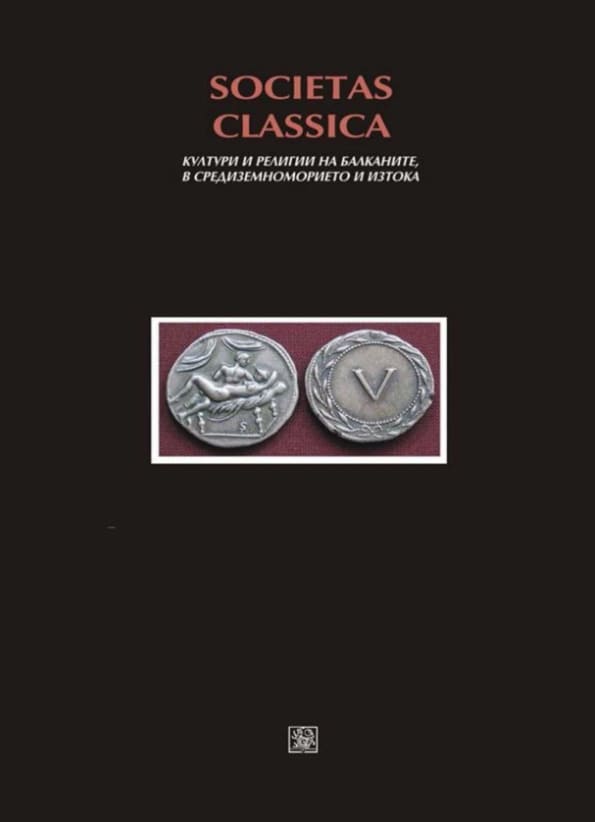Основни мотиви в сцените по цилиндричните печати от периода Урук в Месопотамия
The Main Motives on Scenes of Mesopotamian Uruk Cylinder Seals
Author(s): Yoanna Dyulgerska
Subject(s): History, Archaeology, Ancient World
Published by: Великотърновски университет „Св. св. Кирил и Методий”
Keywords: Sumer; Uruk; cylinder seal; priest-king; Egypt
Summary/Abstract: The present paper includes summary and interpretation of the main motives on the scenes of Mesopotamian Uruk cylinder seals, adding also some new observations. The Late Uruk époque is dated in 34th – 30th centuries BC and is known as a period of the urban revolution. The center of this revolution is the city of Uruk in Lower Mesopotamia. The so-called “Uruk Culture” (according to the archaeological terminology) is part of the civilization of Ancient Sumer and represents the spirit of this civilization and its bearers. Then, side by side with the creation of the reliefs in miniature was created one of the first writings – the cuneiform. Both inventions contributed to the development of the civilization in the Ancient Near East and were used together for more than thirty centuries after. A review of the main motives engraved on the monuments is the basic aim of this study. The so called “Priest-king” is important figure in several motives and is accepted as a sign for a presence of hierarchy. The scenes with boats may be connected with some rituals. The scenes with rows of animals may have been used by certain department of administration. By studying the scenes on cylinder seals we can make some conclusion about the beliefs of the ancient inhabitants and their daily life. In some cases we can make a link between the connections of Sumer and Egypt where same motives on scenes of some local artifacts can be found in contemporary monuments.The present paper includes summary and interpretation of the main motives on the scenes of Mesopotamian Uruk cylinder seals, adding also some new observations. The Late Uruk époque is dated in 34rd – 30th centuries BC and is known as a period of the urban revolution. The center of this revolution is the city of Uruk in Lower Mesopotamia. The so-called “Uruk Culture” (according to the archaeological terminology) is part of the civilization of Ancient Sumer and represents the spirit of this civilization and its bearers. Then, side by side with the creation of the reliefs in miniature was created one of the first writings – the cuneiform. Both inventions contributed to the development of the civilization in the Ancient Near East and were used together for more than thirty centuries after. A review of the main motives engraved on the monuments is the basic aim of this study. The so called “Priest-king” is important figure in several motives and is accepted as a sign for a presence of hierarchy. The scenes with boats may be connected with some rituals. The scenes with rows of animals may have been used by certain department of administration. By studying the scenes on cylinder seals we can make some conclusion about the beliefs of the ancient inhabitants and their daily life. In some cases we can make a link between the connections of Sumer and Egypt where same motives on scenes of some local artifacts can be found in contemporary monuments.
Book: Societas Classica. Култури и религии на Балканите, в Средиземноморието и Изтока. Том 10
- Page Range: 308-321
- Page Count: 14
- Publication Year: 2019
- Language: English, Bulgarian
- Content File-PDF

